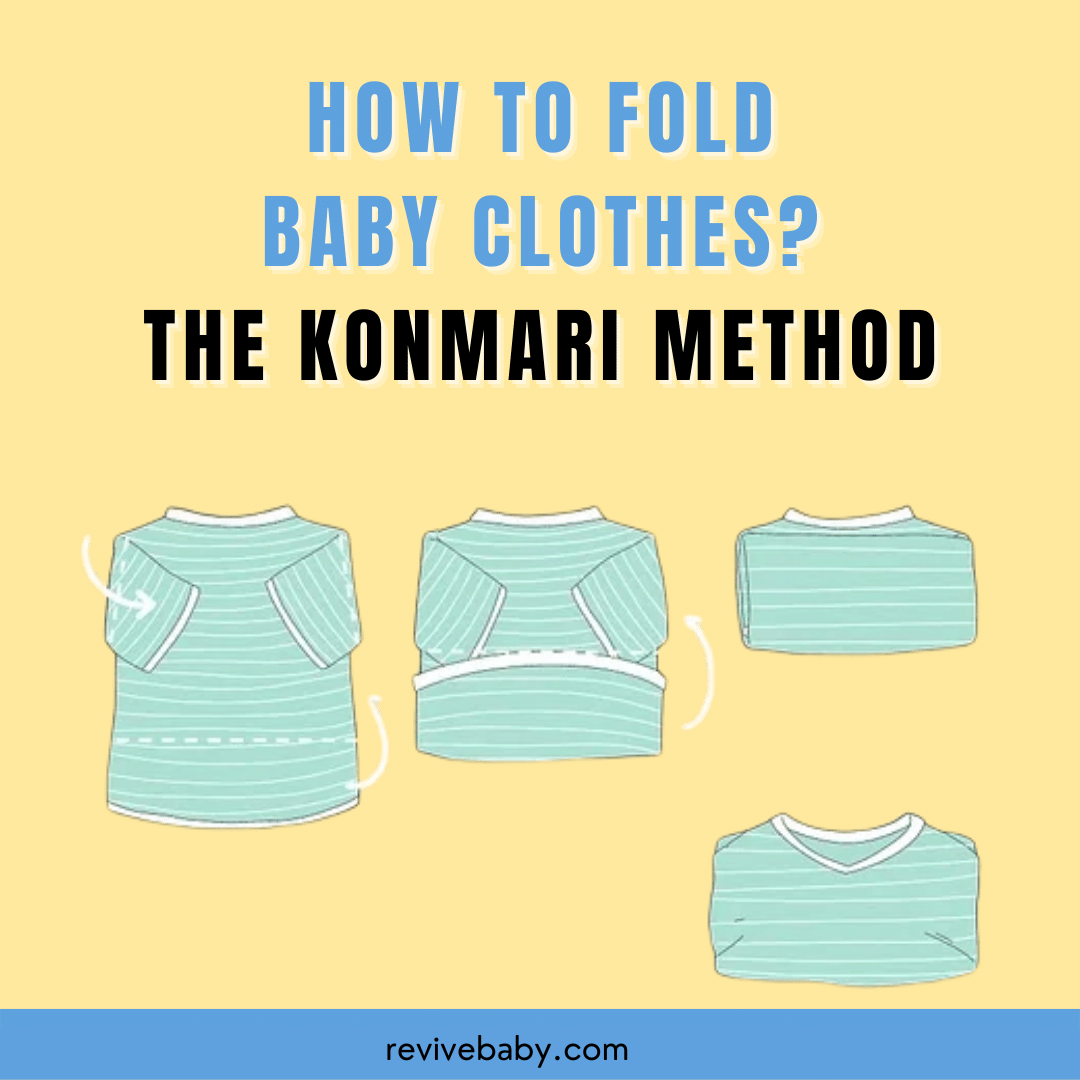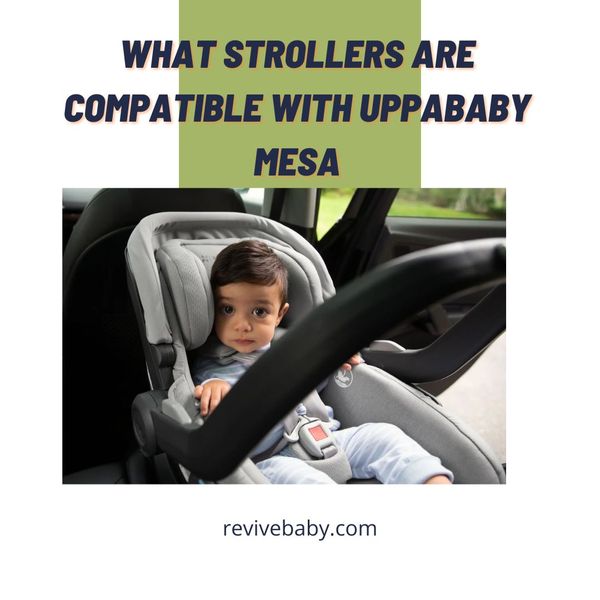But there’s also another method that has recently surfaced and is becoming more and more popular and which is known as the KonMari method.
Gather Your Supplies Before Folding Baby Cloth
To fold baby clothes efficiently, it's helpful to gather the following essential supplies:
- Clean Surface: Find a spacious, clean surface such as a table, bed, or changing station to work on. This will provide a smooth area for folding and prevent dirt or debris from transferring onto the clothes.
- Hangers: Use baby hangers with nonslip features to hang delicate or dressy outfits. Hangers help maintain the shape of clothes and make them easily accessible in a closet.
- Storage Bins: Select bins or baskets to organize and store folded clothes. Opt for bins with labels or transparent sides to easily identify clothing categories.
- Drawer Dividers: Drawer dividers are handy tools for separating different types of clothing within drawers. They help create designated sections for onesies, socks, pants, and other items, preventing them from getting mixed up.
- Labels or Tags: Use labels or tags to mark storage bins, drawers, or dividers. This makes it easier to identify specific clothing categories without rummaging through everything.
- Folding Board (optional): A folding board, which can be purchased or DIY-ed using cardboard, helps achieve uniform folds and saves time. It ensures consistency in the size and appearance of folded baby clothes.
- Laundry Hamper or Basket: Keep a dedicated laundry hamper or basket for collecting dirty baby clothes. This promotes a clutter-free environment and makes separating clean and dirty items easier during laundry.
What Is In KonMari Method To Fold Baby Cloth
Marie Kondo, a Japanese organizing consultant, introduced an organizing method for keeping your house decluttered and your stuff easily accessible.
In the KonMari;
- Clothes are sorted by category.
- Clothes are filed in a drawer.
- Clothes are very compactly folded and stand on their edge.
The KonMari method will save you time and a lot of space.
How to Fold Baby Clothes? – The KonMari Way!
Blankets

Let’s start with the easiest item; blankets.
- Lay it flat, without any creases on the surface.
- Fold it in half or thirds vertically.
- Then start folding it horizontally in half, from the bottom to the top. Then again, from the bottom to the top.
- And it’s done!
Onesies/Rompers

Baby onesies are one of the most frequently used pieces of baby clothing.
Start following the given steps;
- Lay the onesie flat on a surface. Smooth out any creases.
- Fold it in half vertically, edge to edge, so that the sleeves lay on each other.
- Now fold the sleeves inwards, flat on the body of the onesie.
- Next, start folding horizontally, starting from the bottom to the top.
- Folding into thirds is recommended, but you can fold in fourths if it works better.
- Now the folded onesie should be compact and more or less able to stand on its edge.
Baby Sleepers

For long-sleeved and legged baby sleepers, follow the steps below;
- Lay the garment flat on a surface.
- Fold it vertically in half, edge to edge, like the onesie.
- Fold the sleeves back in on the main body.
- Then fold horizontally into fourths (or thirds if the garment is too bulky).
Trousers/pants/shorts

Folding pants and shorts is pretty simple, as you’d normally do.
Just follow the given steps;
- Lay the pants flat on a surface.
- Start folding vertically by placing one leg on top of the other.
- Tuck in any extra fabric sticking out to get as uniform a rectangle as possible.
- For baby pants, then fold them horizontally in thirds.
Folding them in half for baby shorts would do, with the bottom touching the waistband.
Socks and underwear

You might want to keep a divider in your drawer for tiny little socks and underwear for better accessibility.
To fold baby socks;
- Stack them flat on each other, then fold them in half from top to bottom.
- Or you can roll the socks by stacking them on top of the other and making them into a roll.
To fold baby underwear;
- Lay it flat on a surface.
- Fold in half from the bottom up to the waistband.
- Then fold it vertically in thirds.
Dresses

Folding a dress is much like a onesie, except you fold it vertically in thirds because the bottom is usually wider. This way, you get a straight rectangle. Then, follow the same method as the onesie.
Miscellaneous Items
Small baby garments, like bibs, napkins, socks, gloves, and beanies, can be folded or rolled similarly. The key is to fold them as creaseless and as compactly as possible, and arranging them in drawers with dividers is highly recommended.
In this hectic full-time business of parenthood, with a never-ending list of things to take care of, having at least properly and efficiently folded baby clothes can save you from physical and mental exhaustion.
Traditional or the KonMari Methods to Fold Baby Clothes

Here's a chart comparing the traditional folding method and the KonMari method for folding baby clothes:
Sort and Declutter Baby Clothes

Sorting baby clothes before folding is crucial for efficient organization and easy access to the garments. It helps parents or caregivers save time and maintain a clutter-free space. Here's an explanation of the importance of sorting baby clothes and subheadings that further detail the sorting process:
Importance of Sorting Baby Clothes Before Folding: Sorting baby clothes before folding provides several benefits, including:
- Easy Access: By organizing clothes, you can quickly locate the necessary items, saving time and effort, especially during those busy moments with a baby.
- Efficient Use of Space: Sorting allows you to utilize storage space more effectively. It helps you identify which clothes can be folded, hung, or stored in drawers, maximizing the available area.
- Maintaining Condition: Proper sorting reduces the chances of clothes getting damaged or wrinkled. It ensures that delicate or special outfits are handled appropriately and stored separately.
Separate by Size: Organizing baby clothes by size is essential as babies grow rapidly, and their clothing requirements change frequently. Separating by size offers the following advantages:
- Easy Identification: By categorizing clothes by size, you can quickly identify outfits suitable for your baby's current size and avoid searching through a jumble of garments.
- Efficient Wardrobe Planning: Organizing by size allows you to plan ahead and easily access the next size of clothing as your baby grows. It helps you stay prepared and ensures that you can use certain items.
Sort by Type: Grouping similar items based on type systematically organizes baby clothes. Consider the following categories for sorting:
- Onesies: Gather all the onesies or bodysuits and keep them together. This ensures that you can find them easily when needed, simplifying the process of dressing your baby.
- Pants and Shorts: Group all the pants and shorts, making selecting and coordinating bottoms with tops convenient.
- Socks and Accessories: Collect socks, booties, hats, and other accessories in one place. This way, you can quickly find the right accessory to complete your baby's outfit.
Donate or Store Outgrown Clothes Of Baby

As babies outgrow their clothes quickly, decluttering becomes essential. Consider the following options for outgrown clothes:
- Donate: If the clothes are still in good condition, consider donating them to charitable organizations or to friends or family members with younger babies. This not only helps others but also reduces clutter in your home.
- Store: If you plan on having more children or want to keep some clothes as keepsakes, store the outgrown clothes in labeled bins or vacuum-sealed bags. Properly storing them preserves their condition until they are needed again.
Tips for Maintaining Organization Baby Clothes
Maintaining an organized baby clothing system requires ongoing efforts to keep things neat and manageable. Here are some tips to help parents maintain organization, along with subheadings that provide specific guidance:
Regular Maintenance
Regularly decluttering and resorting to clothes as the baby grows ensures that your baby's wardrobe remains organized and clutter-free. Consider the following:
- Remove Outgrown Clothes: As your baby outgrows clothes, promptly remove them from the active wardrobe. This prevents unnecessary clutter and makes it easier to find clothes that fit.
- Donate or Discard Unwanted Items: If you come across clothes that are no longer needed or that your baby didn't wear, consider donating them to charitable organizations or discarding them responsibly. This helps keep the clothing collection streamlined.
- Assess Clothing Condition: Regularly check the condition of baby clothes. If you find any stained, torn, or excessively worn items, decide whether they can be repaired or if it's time to let go. Maintaining a collection of well-maintained and wearable clothes ensures a more efficient and organized system.
Seasonal Rotation
Consider storing off-season clothes to maximize space and reduce clutter. Here's how you can implement seasonal rotation:
- Pack Away Out-of-Season Clothes: As the seasons change, pack away clothes unsuitable for the current weather. Use labeled storage bins or vacuum-sealed bags to protect the clothes from dust, moisture, and pests.
- Store in a Designated Area: Allocate a specific area for out-of-season clothes, such as a closet shelf or under-bed storage. This keeps them organized and easily accessible when needed.
- Rotate Clothes Seasonally: When the seasons transition, unpack the appropriate clothes and pack away the ones no longer suitable. This ensures that the baby's wardrobe only contains clothes relevant to the current season, reducing clutter.
Donate or Pass Down

Donating or passing down outgrown clothes is a sustainable and practical way to maintain organization. Consider the following:
- Donate to Charities: If the clothes are in good condition, consider donating them to local charities, shelters, or organizations that support families in need. This not only helps others but also frees up space in your home.
- Pass Down to Family or Friends: If you have friends or family members with younger babies, offer to pass down outgrown clothes to them. This fosters a sense of community and ensures the clothes continue to be used.
- Arrange Clothing Swaps: Organize clothing swaps with other parents in your community. This allows you to exchange outgrown clothes for ones that fit your baby's current size, reducing the need for new purchases and promoting sustainability.
FAQs
What are some other methods of folding baby clothes?
Apart from the traditional and KonMari methods, you can also roll your baby’s clothes, as they are also easy to locate. You may consider rolling for smaller garments.
Where to store folded baby clothes if you don’t have a closet?
Dressers, hanging shelves, and shelf dividers are some of the common storage spaces opted for by parents. Zip lock bags for seldom-used clothes may work for you.
How to fold baby clothes to maximize space?
Consider installing dividers in your drawers to organize baby clothes in a small space. Fold your baby’s clothes compactly and file them instead of piling one on the other.








